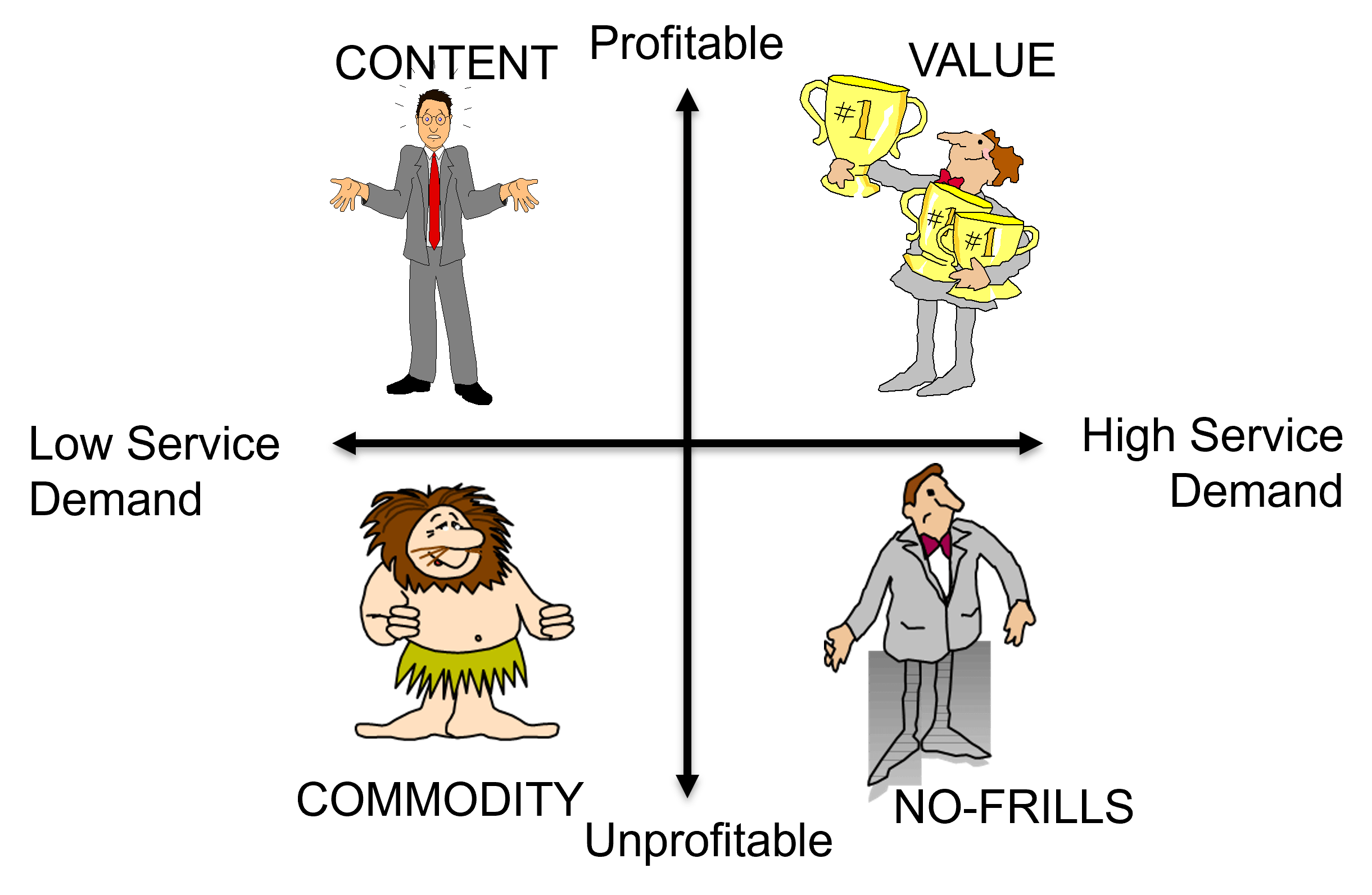Customer Orientation (CO) is a business strategy that prioritises the needs and wants of customers over all other considerations. It is a philosophy that places the customer at the centre of all business decisions, with the ultimate goal of achieving customer satisfaction, loyalty, and long-term profitability.
What is CO?
Customer Orientation is an approach to business that involves understanding and responding to individual customers’ needs. It’s about more than just providing good service; it’s about delivering personalised experiences and building enduring relationships with your customers. It involves every aspect of your business, from product development to marketing, sales, and after-sales service.
Why do I need CO?
In today’s competitive business environment, being customer-oriented is no longer optional; it’s a necessity. Customers have more choices than ever before, and they can easily switch to another provider if they’re not satisfied. By focusing on your customers’ needs and wants, you can differentiate yourself from your competitors, build customer loyalty, and ultimately drive growth and profitability.
How can I as a supplier apply CO?
As a supplier, you can apply CO by understanding your customers’ needs and tailoring your products or services to meet those needs. This could involve conducting market research to understand what your customers want, developing new products or services based on this insight, or improving existing ones to better meet their needs. It could also involve improving your customer service or offering personalised experiences to make your customers feel valued.
Examples of successful application of CO!
There are many examples of companies that have successfully applied CO. Amazon is one such example. The company has built its entire business model around being customer-centric. They constantly innovate based on customer feedback and use data to personalise the shopping experience for each individual customer.
Apple is another example. They don’t just sell products; they sell experiences. They understand their customers’ needs and wants and design their products accordingly. They also provide excellent customer service, which has helped them build a loyal customer base.
Learning to apply CO in 5 steps, step by step
1. Understand your customers: Conduct market research to understand your customers’ needs and wants. This could involve surveys, interviews, or focus groups.
2. Develop customer-oriented products or services: Based on your understanding of your customers, develop new products or services that meet their needs, or improve existing ones.
3. Personalise the customer experience: Use data to personalise the customer experience. This could involve personalised marketing messages, product recommendations, or customer service.
4. Provide excellent customer service: Ensure that your customer service is top-notch. This could involve training your staff to be more customer-focused, or implementing policies that prioritise customer satisfaction.
5. Measure and improve: Regularly measure your performance in terms of customer satisfaction and loyalty, and use this feedback to continuously improve.
Conclusion
In conclusion, Customer Orientation is a crucial strategy for any business looking to succeed in today’s competitive environment. It involves understanding your customers’ needs and wants, developing products or services that meet these needs, personalising the customer experience, providing excellent customer service, and continuously improving based on feedback. By adopting a Customer Orientation approach, you can differentiate yourself from your competitors, build customer loyalty, and drive growth and profitability.
